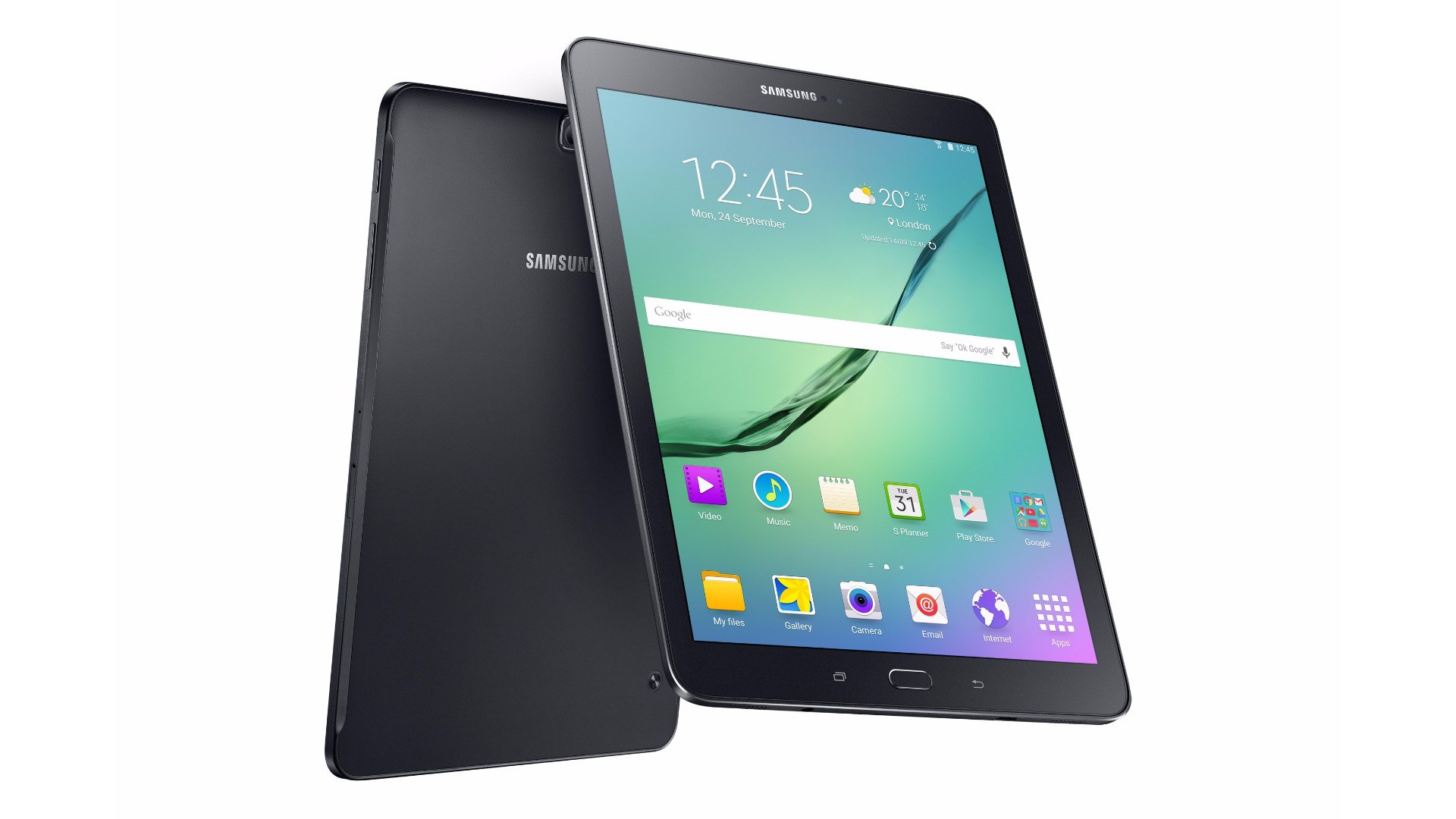The Middle East and Africa (MEA) tablet market (which includes 2-in-1 devices) posted flat growth of 0,3% year on year in Q2 2015, according to the latest figures released by International Data Corporation.
A total of 4,05-million units were shipped in Q2 2015, with tablets growing 0,1% year on year to total 4 million units. The 2-in-1 market grew 17,6% over the same period to make up the remaining 50 000 units. For the first half of the year, the overall market shrunk 3,2% year on year, which compares unfavorably to the 59,6% year-on-year growth recorded in the corresponding period of 2014.
“The tablet market, which is nearing saturation point in many countries, is being cannibalized by the emergence of smartphones boasting large screen sizes,” says Nakul Dogra, a senior research analyst for personal computing, systems, and infrastructure solutions at IDC. “The market share of large-screen smartphones is increasing, and the launch of the iPhone 6 plus has only served to spur the trend toward bigger screen sizes in this space.”
Other factors have also contributed to the market’s slowdown.
“With crude oil prices at a six-year low, there has been a reduction in government spending, particularly in oil-dependent countries,” says Fouad Rafiq Charakla, program manager for personal computing, systems, and infrastructure solutions at IDC. “This has curtailed government-driven initiatives in several countries across the MEA region, and contractions in the public sector contraction typically have a ripple effect on consumer sentiment, which is also being impacted by currency fluctuations and political insurgencies in some parts of the region.”
In terms of vendor rankings, Samsung continued to lead the tablet market in Q2 2015 with 28% market share and a 31,3% increase in shipments year on year.
Lenovo placed second with 13.2% market share and year-on-year growth of 27%. And despite suffering a 27,3% year-on-year drop in shipments, Apple maintained its third-place ranking with a market share of 11,2%.
The MEA tablet market is expected to post more buoyant year-on-year growth of 6,6% in Q3 2015.
IDC forecasts that a total of 16,84-million units will be shipped in 2015 as a whole, equating to a year-on-year growth rate of 0,8%. The Android operating system will witness healthy growth, but will continue to lose share to the iOS and Windows operating systems.
“The growth of Windows will be spurred by greater adoption of tablets and 2-in-1 devices in the commercial segment,” says Dogra.
“Businesses will find it easier to incorporate Windows into their existing IT infrastructures and corporate cultures rather than introduce a new OS hub just for tablets, thereby enabling them to run the same OS on both PCs and tablets. We also expect the share of 2-in-1 devices in this market to grow from around 1,2% currently to 3,3% by the end of 2016.”
The education sector will be pivotal to the growth of this form factor.
“We are seeing a steady increase in the adoption of 2-in-1 devices in this sector, primarily as a result of government-driven initiatives,” says Charakla. “Education remains a key focus for governments in the region, and the reductions we have seen in budgets have typically not hampered government spending on the sector. For example, Kuwait and Pakistan are expected to see a combined total of 175 000 2-in-1 shipments flood into their education sectors during the second half of 2015.”

